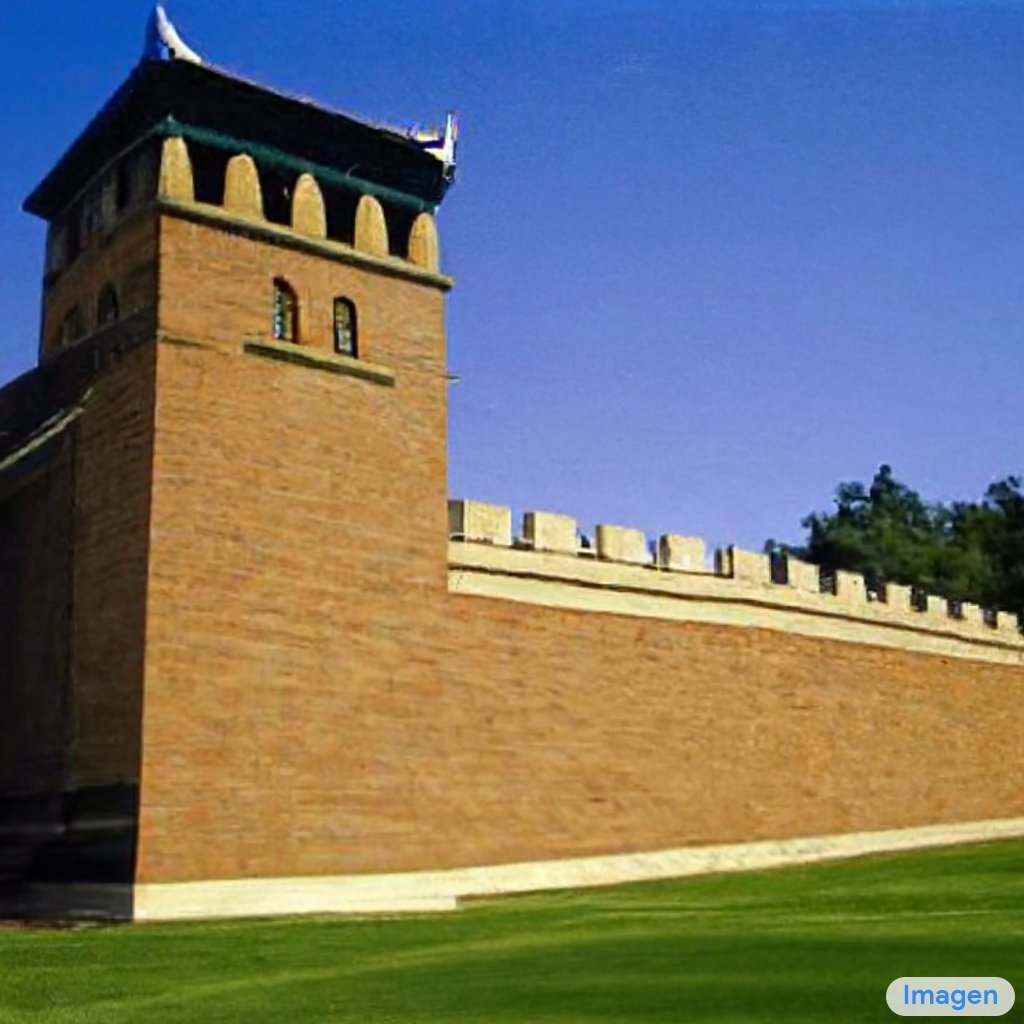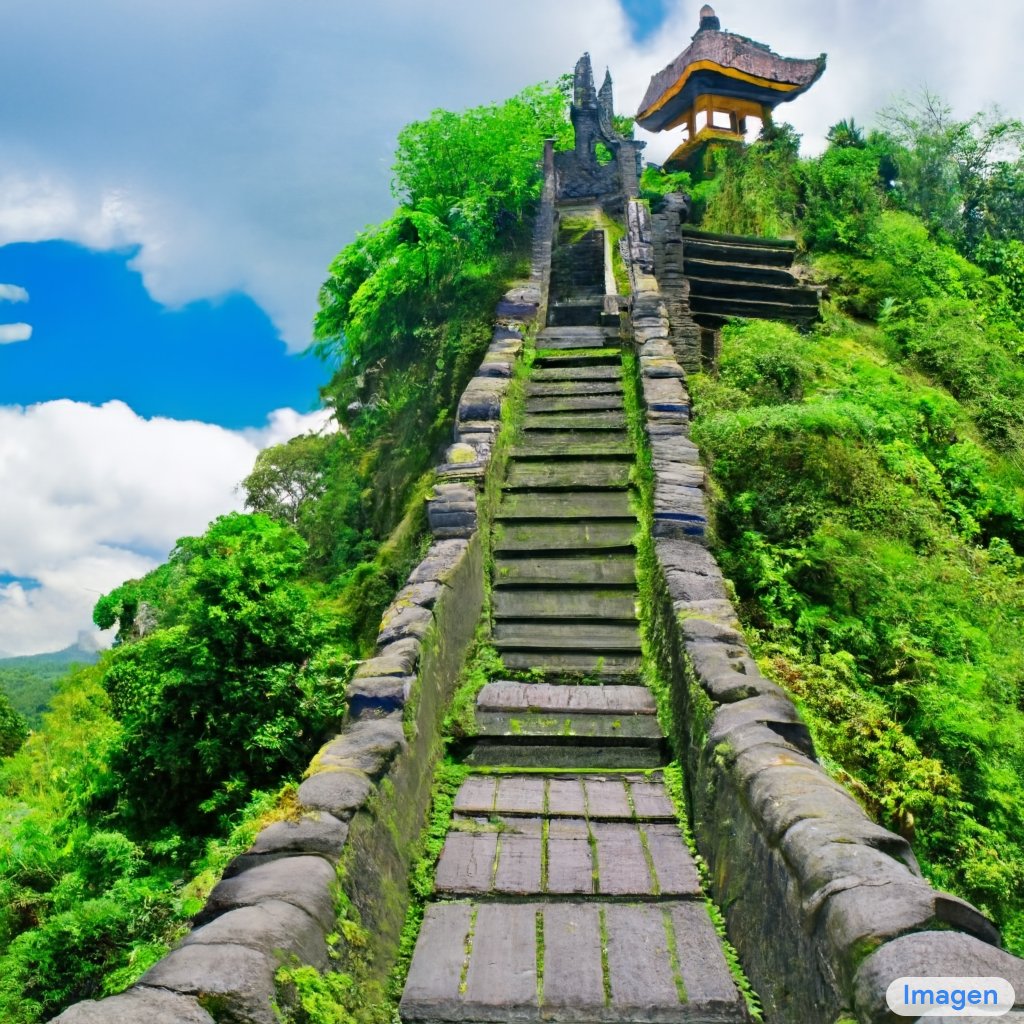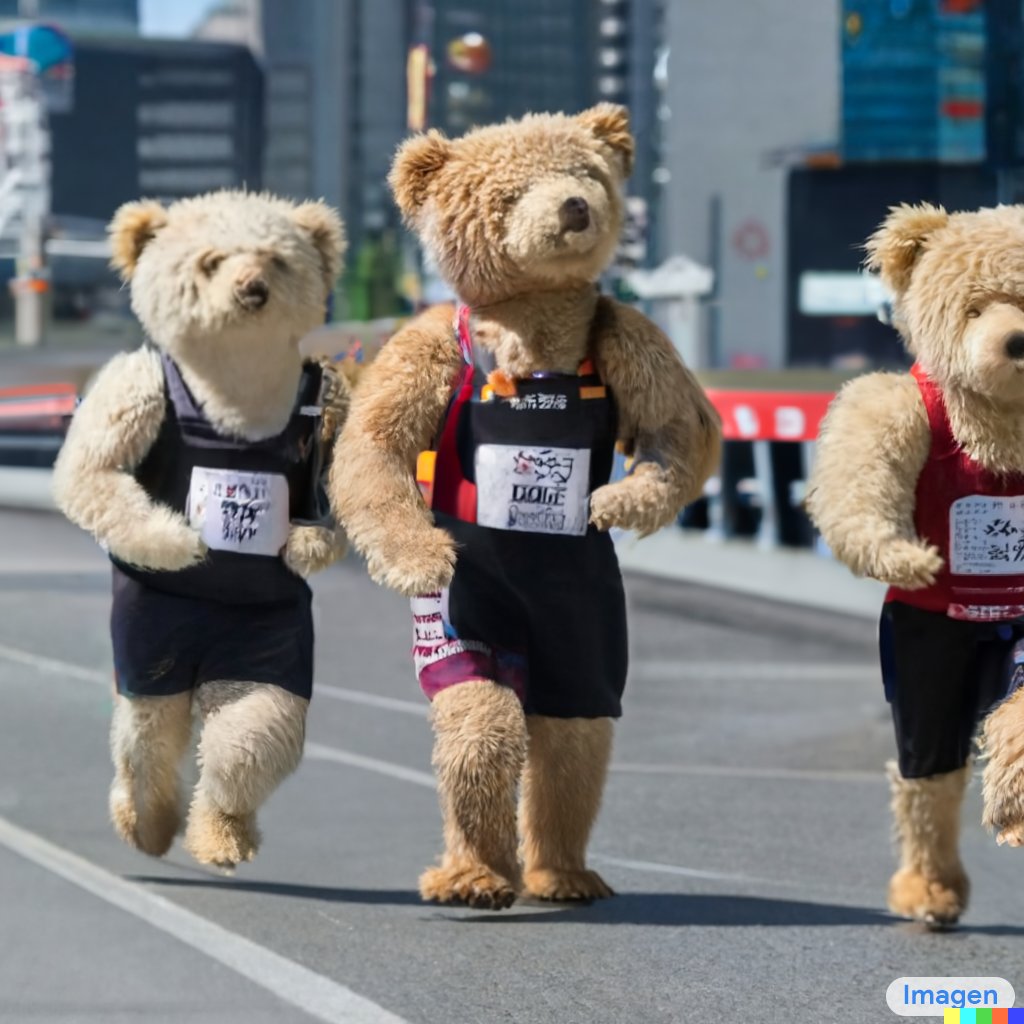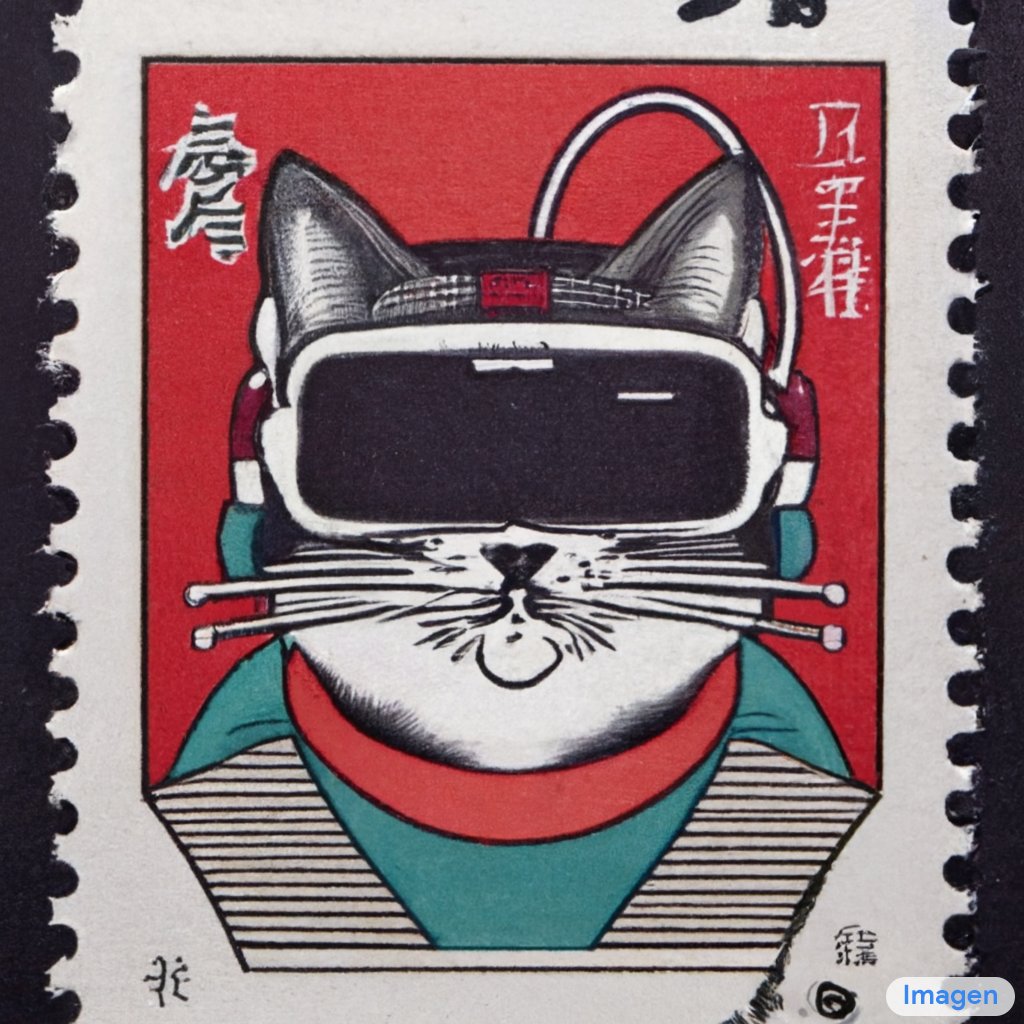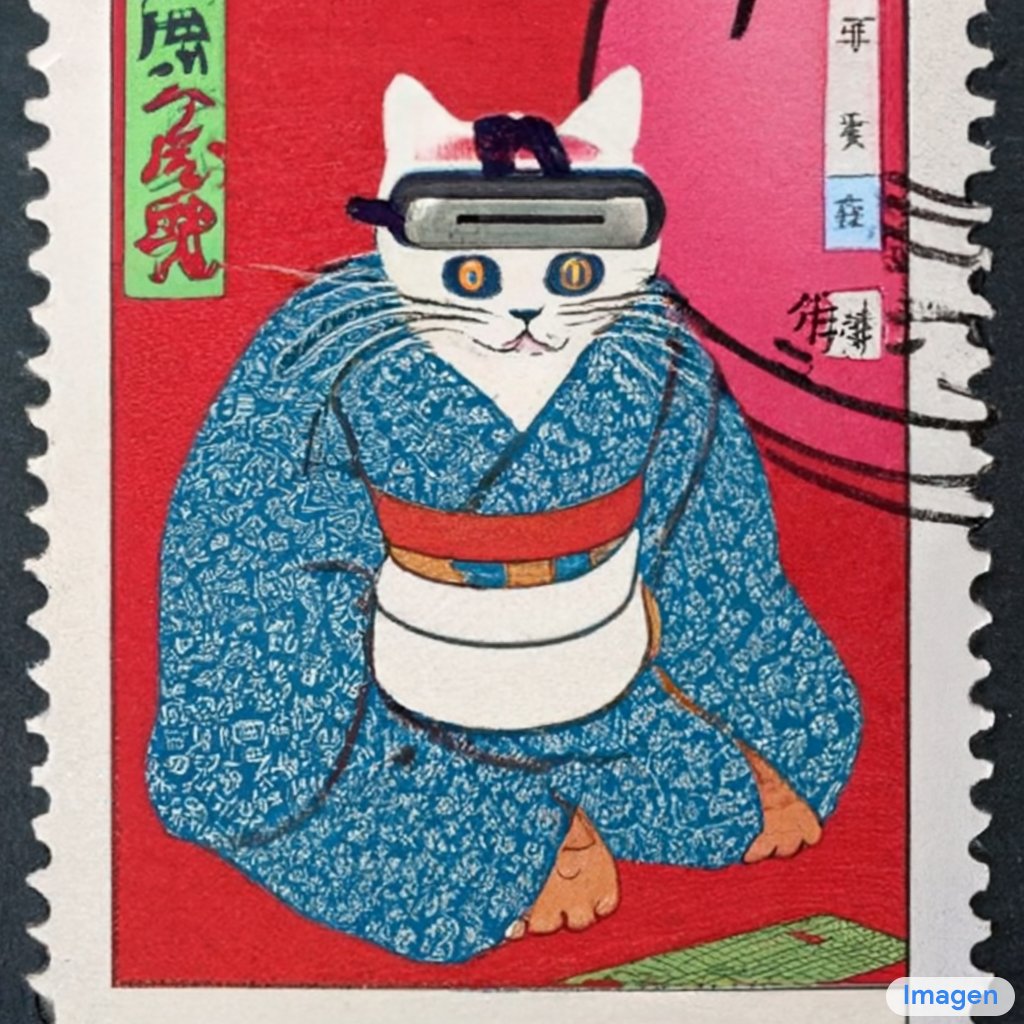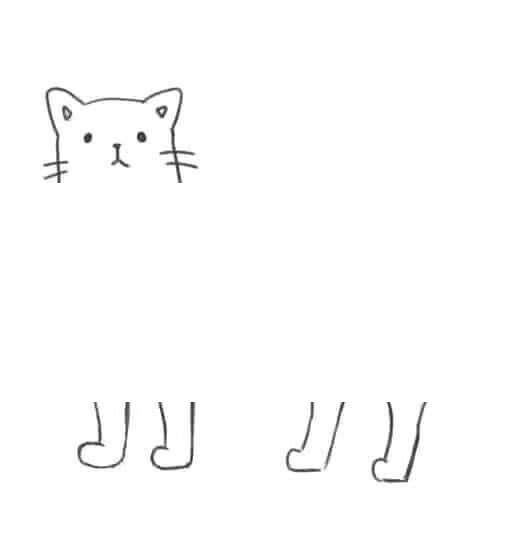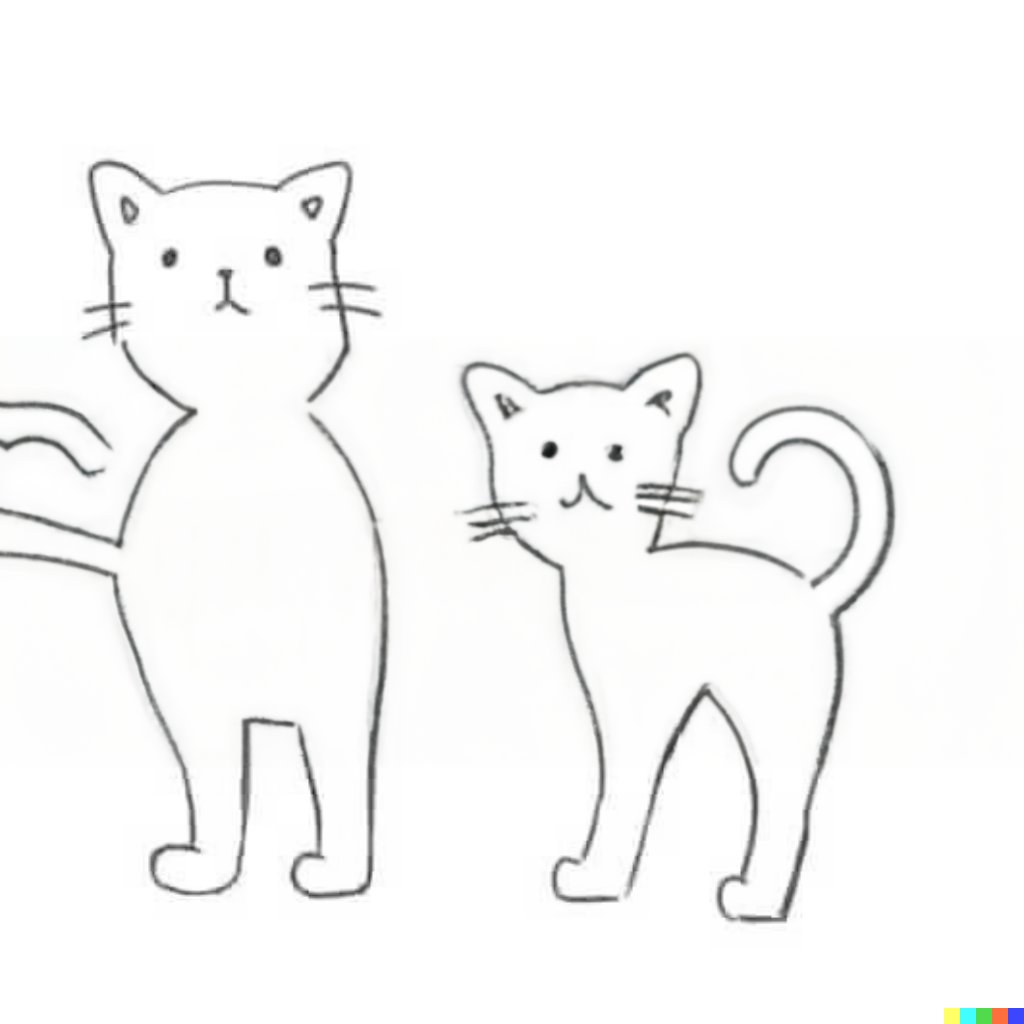
Good Morning!
I tried to use text-to-image models to combine historical architecture with other locations around the world.
Here is “The Great Wall of San Francisco” by #Imagen
🧵Thread👇🏽


I tried to use text-to-image models to combine historical architecture with other locations around the world.
Here is “The Great Wall of San Francisco” by #Imagen
🧵Thread👇🏽



“The Great Wall of Africa” by #Imagen 





“The Great Wall of Germany” by #Imagen
Looks like Germany. It also put in the European style houses and roofs on the towers. 🇩🇪


Looks like Germany. It also put in the European style houses and roofs on the towers. 🇩🇪



“The Great Wall of Dubai” by #Imagen
To be fair, the original Great Wall also had sections that went through sandy deserts. But here it crafted some local artifacts onto the design of the wall sometimes:


To be fair, the original Great Wall also had sections that went through sandy deserts. But here it crafted some local artifacts onto the design of the wall sometimes:



This blending also kind of works for concepts (like “Money”) rather than geographical locations!
Here’s “The Great Wall of Money” by #Imagen to give you some motivation as you look at the value of your stonks and crypto portfolios (cc @wallstreetbets):

Here’s “The Great Wall of Money” by #Imagen to give you some motivation as you look at the value of your stonks and crypto portfolios (cc @wallstreetbets):


Stepping back into the real world, here’s “The Great Wall of London” by #Imagen🇬🇧 



Finally, here’s “The Great Wall of Hong Kong” to end this thread. 🧵
#Imagen decided to replace all of the beautiful hiking trails in #HongKong’s country parks with the Great Wall.
I have mixed feelings about it… 🙃


#Imagen decided to replace all of the beautiful hiking trails in #HongKong’s country parks with the Great Wall.
I have mixed feelings about it… 🙃



Where’s the Great Wall in the Desert?
Other prompts worked though:
“The Great Wall of Ghana” by #Imagen


Other prompts worked though:
“The Great Wall of Ghana” by #Imagen



• • •
Missing some Tweet in this thread? You can try to
force a refresh


